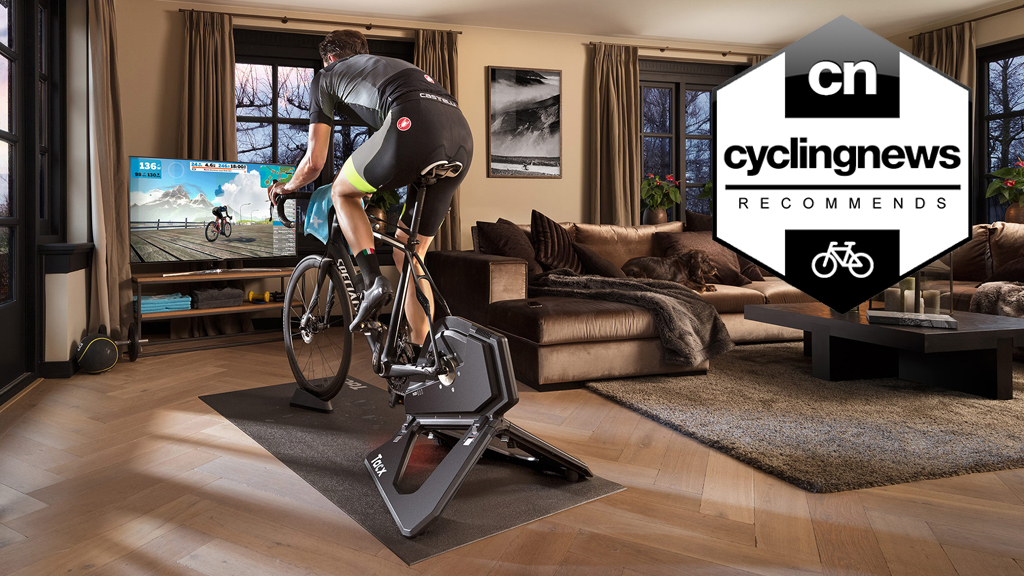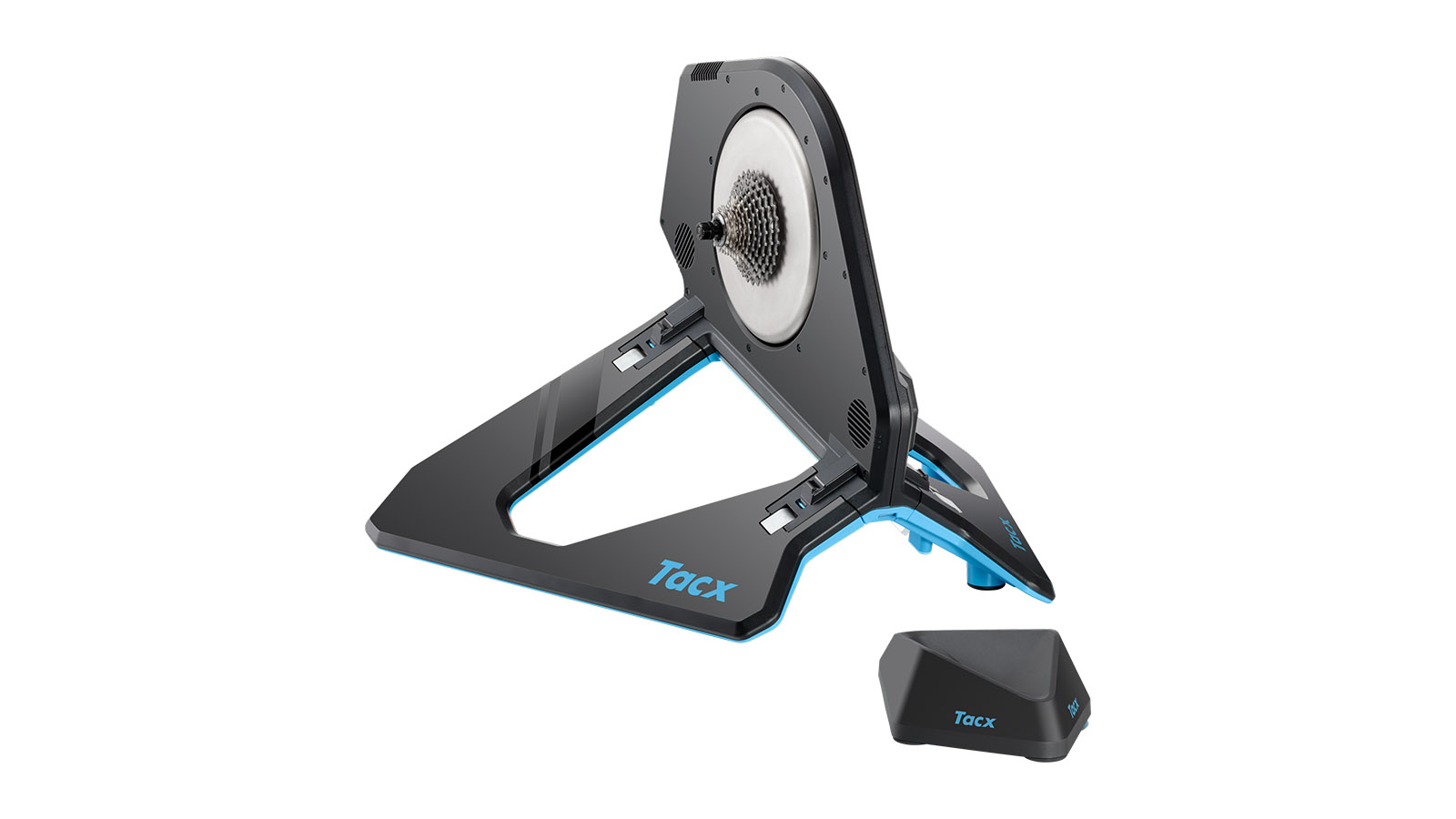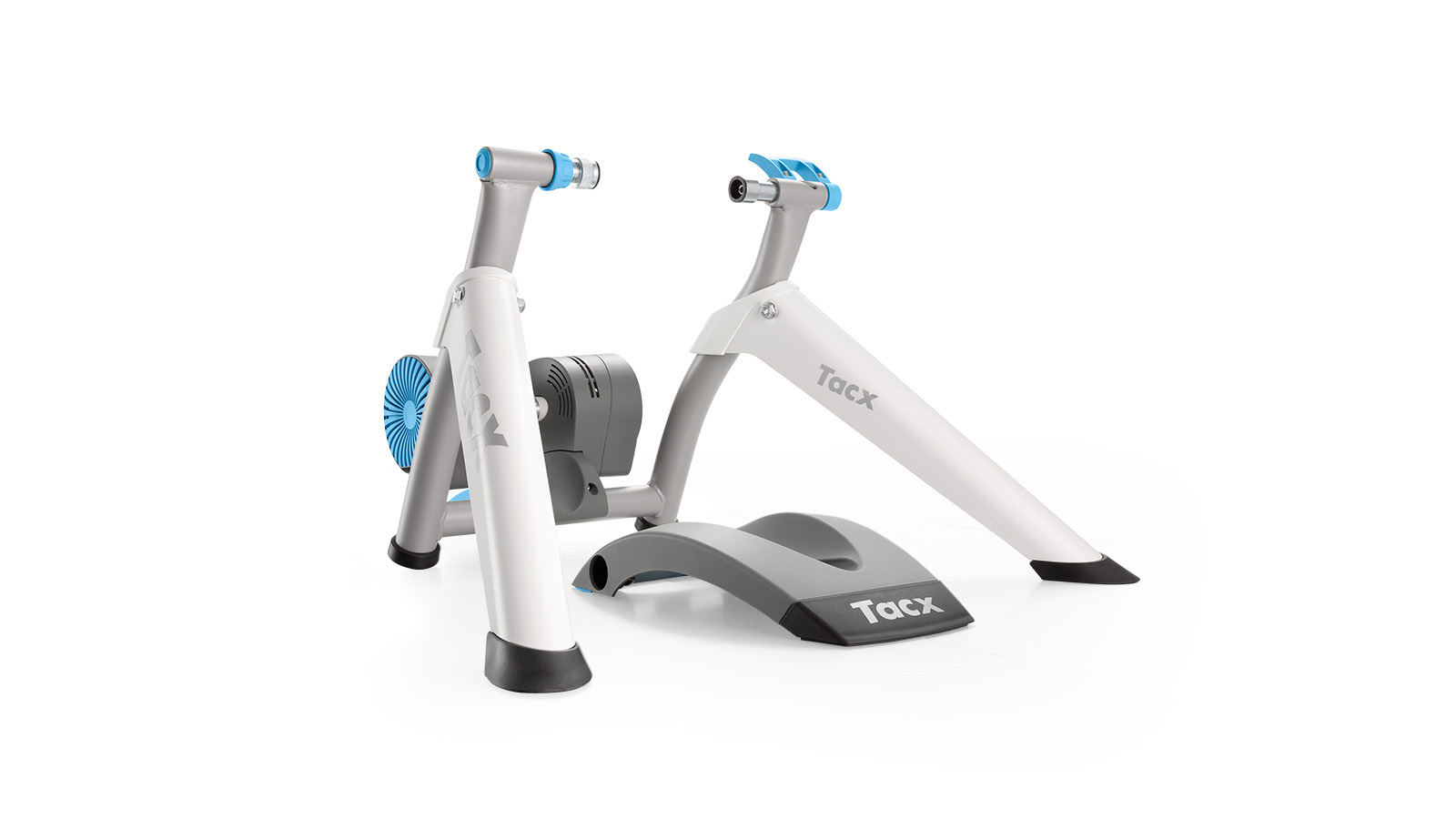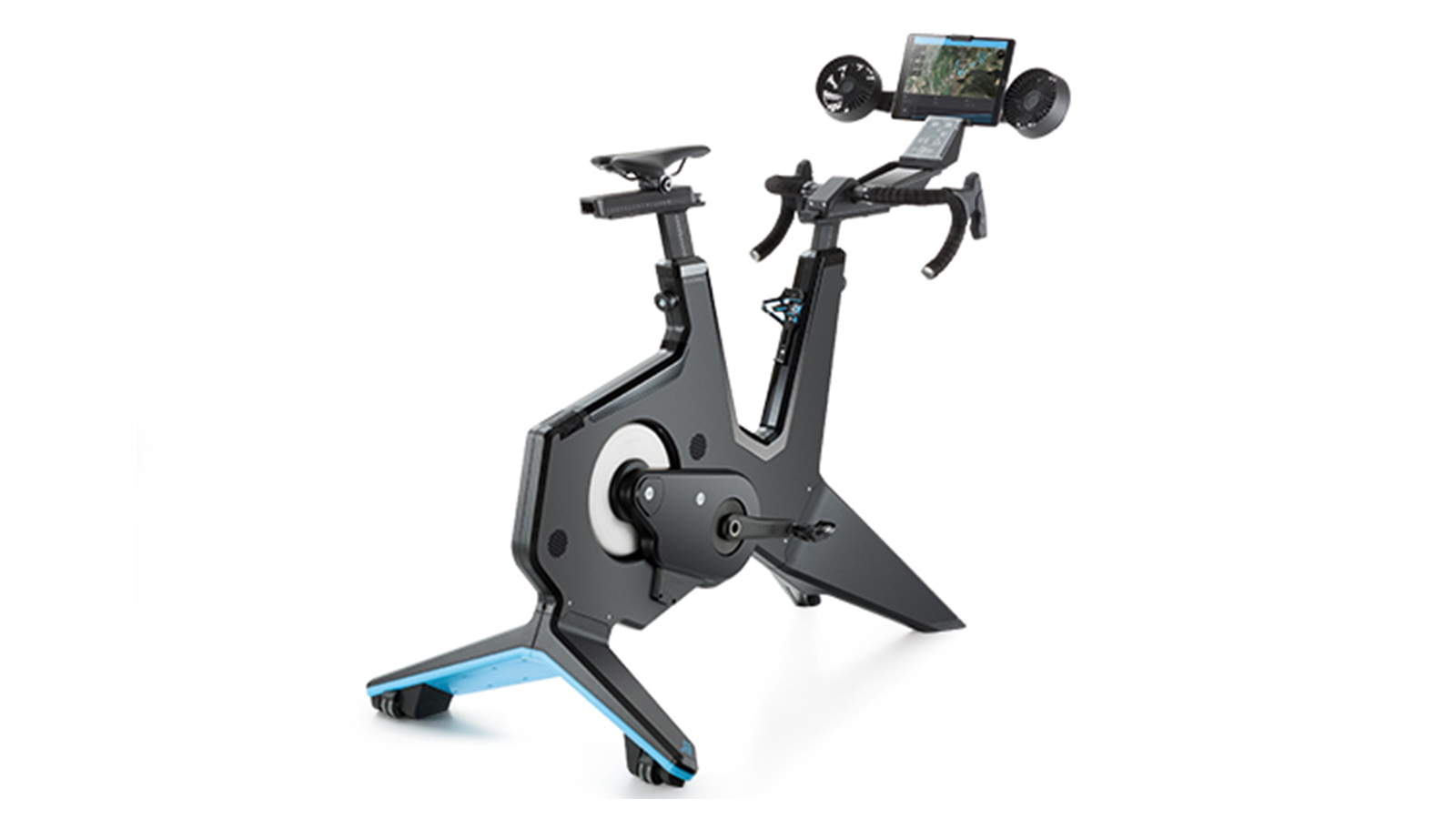Tacx smart trainers: details, pricing and specifications
Everything you need to know about Tacx's range of smart trainers for 2021

Tacx has undergone quite a transformative journey over the years, having started out as a bike shop in the Netherlands in 1957. In 1964 it began manufacturing exhausts for mopeds, before turning its focus to rollers, trainers and car racks.
Recently acquired by Garmin, Tacx now makes some of the best turbo trainers available on the market, as well as bottles, cages and software. The Dutch brand is best known for its prominence in indoor cycling, and its entire catalogue of smart trainers facilitate both ANT+ and Bluetooth connections, meaning they play nicely not only with its own training software but also with third-party apps such as Zwift, TrainerRoad and The Sufferfest.
For 2021, riders from both men's and women's WorldTour teams including EF Education-Nippo, Jumbo Visma, Lotto Soudal, Team SD Worx and Canyon-SRAM will be using Tacx trainers for workouts and warmups.
Following last year's multiple lockdowns, combined with a rather chilly winter here in the northern hemisphere, there's been a boom in indoor cycling, which has left stock levels pretty low. If you're in the market for a smart trainer, you may need to have some patience as retailers continue to replenish their stock as and when they can. Don't forget, we've got a comprehensive guide to the cheapest Zwift setup, which we keep updated with the latest turbo trainer deals.
If you know you want a smart trainer and you like the look of Tacx, then you're already close to meeting your match. However, if you're puzzled by all the choice, then we're here to make it as easy as possible. We've listed all of Tacx's smart trainers for 2021, with some information to help you decide which one is right for you.

Tacx Neo 2T Smart
Specifications
Reasons to buy
Reasons to avoid
Tacx’s flagship Y-wing space fighter is now in its second iteration, with redesigned internals to be quieter, stronger and more precise than the original. Claimed to be accurate to a maximum deviation of +/- 1 per cent, the trainer can generate up to 2200w of resistance and simulate up to a 25 per cent gradient. With stronger magnets in the motor, it has more torque which minimises the slipping feeling elicited by significant efforts. The new magnet layout limits the amount of vibration that is transmitted into the floor. Like the original, the motor can also vibrate to simulate riding over cobblestones, or gravel too.
The Neo 2T utilises the cassette to drive the motor, allowing it to generate its own electricity, meaning it doesn't require mains power to run. If you do plug it in, the trainer can simulate gravity as you descend in Zwift.
Axle compatibility has also been improved, and now the trainer comes with adaptors for every axle standard except for SuperBoost.
- As featured in: Best turbo trainers

Tacx Flux 2 Smart
Specifications
Reasons to buy
Reasons to avoid
Now in its second generation, the Flux 2 Smart trainer uses a heavier 7.6kg flywheel and stronger magnets to generate up to 2000 watts within a claimed accuracy deviation of only two per cent. It can also simulate grades of 16 per cent.
It’s not foldable and requires an outlet but the wide legs create an extremely stable platform. It won’t simulate rough road surfaces and comes with adaptors for every axle standard bar SuperBoost. Previous versions of the Flux have suffered from quality control issues with the internal belt and early models of the Flux 2 had major power accuracy issues.
It can also be used as a dumb trainer, the electronics follow a progressive power curve, so it will get harder the faster you go, just like riding outside.

Tacx Flux S Smart
Specifications
Reasons to buy
Reasons to avoid
When the Flux 2 was launched, Tacx essentially took the original, tacked on an S and lowered the price. That said, it also underwent a slew of internal changes for better road feel and accuracy, especially during big efforts. The trainer still simulates up to 1500 watts and grades of up to 10 per cent.
Tacx also subtly changed the design of the legs to eliminate compatibility issues with long-cage derailleurs.

Tacx Vortex Smart
Specifications
Reasons to buy
Reasons to avoid
Direct-drive smart trainers are expensive but you can still chase your virtual mates around Zwift Island and not spend an arm and a section of your leg. Using a roller to create resistance, Tacx has arguably the best system for loading your bike and tensioning the resistance unit. Once it has been set, you simply flip a switch. The roller itself is made from a steel exterior to prevent wear, with an ‘elastogel’ core which does well to absorb vibrations going into the floor — not so much when it comes to reducing noise.
While the flywheel only weighs 1.6kg, the Vortex Smart has a surprisingly good feel and swiftly responds to changes in resistance — it can simulate up to 950 watts and a seven per cent incline. The fold-out legs make it super compact for storage.

Tacx Flow Smart
Specifications
Reasons to buy
Reasons to avoid
The Flow Smart trainer also uses a 1.6kg flywheel; however, the electric brake has a tad less power, only outputting 800-watts of resistance within a claimed accuracy deviation of +/- five per cent. Despite the lower price point, the Flow Smart can still mimic grades of up to six per cent.
Like the Vortex, it has an elastogel roller, folding legs and a wide stance to prevent you from tipping over during high-intensity efforts.
- The indoor revolution: how training inside went from being universally hated to one of the fastest growing sectors
- Cheapest Zwift setup

Tacx Satori Smart
Specifications
Reasons to buy
Reasons to avoid
The Satori Smart toes the line of what you can call a 'smart trainer.' It will measure your speed, cadence and power but the resistance can only be adjusted via a remote which attaches to your bars.
It will communicate with training apps but it's a one-way conversation with the trainer only transmitting your power, speed and cadence but not receiving any information. If you don’t have a power meter but want to take advantage of something like TrainerRoad or The Sufferfest this is the most wallet-friendly way to get started.

Neo Smart Bike
Specifications
Reasons to buy
Reasons to avoid
The latest craze in Smart Trainers is the training bike. The idea here is that there is no faffing with attaching your bike to the trainer, getting fans set up, or pairing sensors — all you have to do is jump on and pedal.
For its bike, Tacx has taken its Neo trainer and built a bike on top. At the front, there are dual fans, virtual shifting and a built-in display that shows your speed, heart rate, power and which gear you’re spinning.
The bike abides by industry standards for bars and saddles, meaning you can sub in your components of choice, and all the fit adjustments can either be made with included levers or a hex wrench.
The latest race content, interviews, features, reviews and expert buying guides, direct to your inbox!
Based on the Gold Coast of Australia, Colin has written tech content for cycling publication for a decade. With hundreds of buyer's guides, reviews and how-tos published in Bike Radar, Cyclingnews, Bike Perfect and Cycling Weekly, as well as in numerous publications dedicated to his other passion, skiing.
Colin was a key contributor to Cyclingnews between 2019 and 2021, during which time he helped build the site's tech coverage from the ground up. Nowadays he works full-time as the news and content editor of Flow MTB magazine.